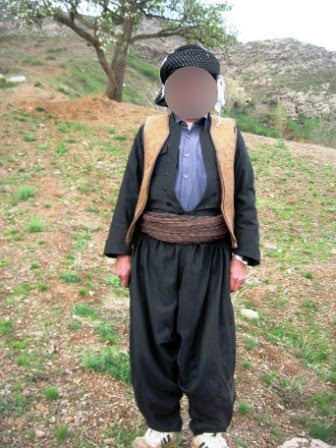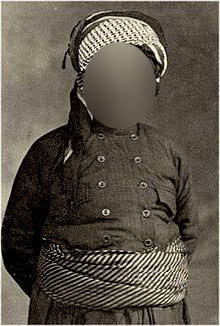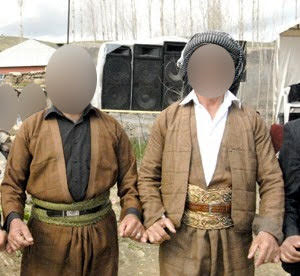Traditional dress of Mali
Today, Custom Qamis is bringing you in West Africa to make you discover the traditional malian costume. Known for their inveterate love for the fashion, Malian are people rich in colors, in cultures, who counts not less than 20 ethnic groups. Let you be seduced by the malian male clothing.
The Malian Boubou
Exterior sign of wealthiness, the boubou is a centerpiece of the traditional malian costume. Also called kaftan, this garment is carved either in "basin", or in "bogolan". It is composed of a set consisting of trousers and a tunic. A long robe is worn above the the set. The high quality malian boubou will be made in basin, a fabric whic is characterized by its shine. There are two qualities of basin, a rich one and a basic one. The first, more expensive, is reserved for great occasions, and the normal boubou is worn daily. It takes between 9 to 12 meters ot fabric to make a boubou.
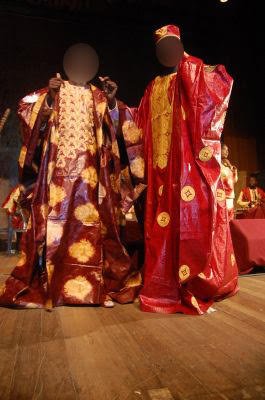
The malian boubou in basin. Source : https://harlemcouture.skyrock.com/55.html
What is the bogolan?
The bogolan is a tissue of cotton, thicker or thinner, hand-spun and heavy to wear. The term bogolan comes from the bambara, the most common language in Mali: "bogo" means earth and "lan" means " comes from". The bogolan designates at the same time the tissue and the dyeing technique.
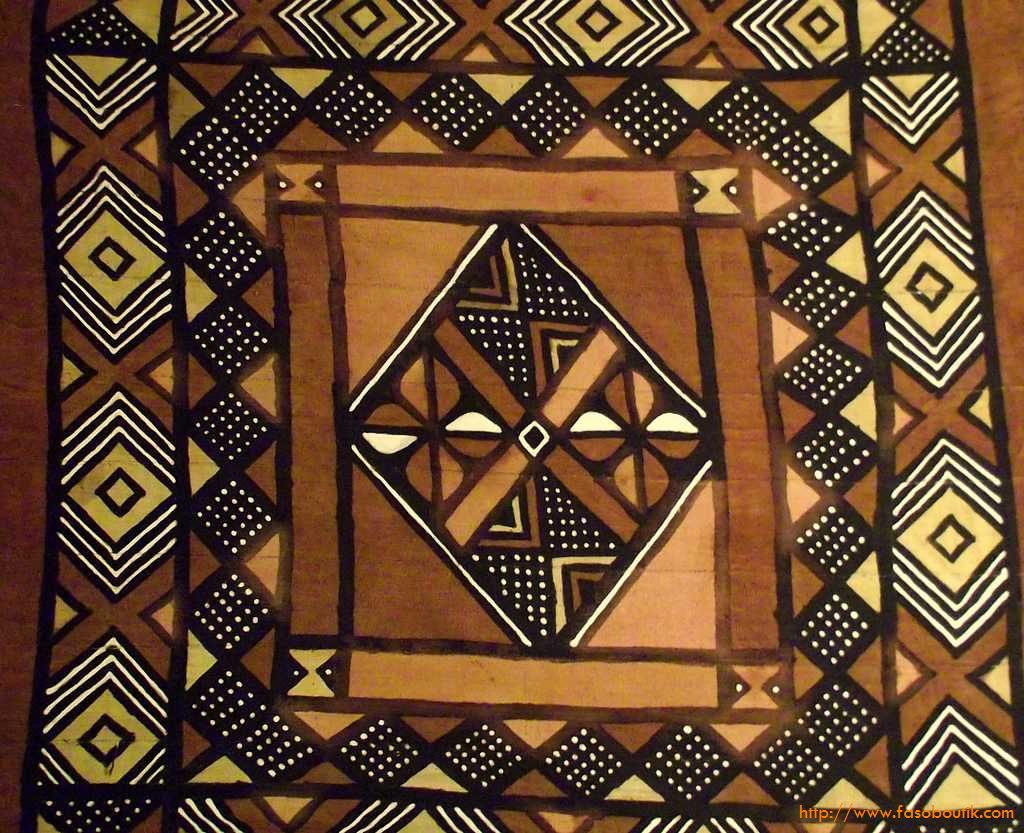
Source : https://maliactu.net/culture-le-bogolan-une-fierte-pour-le-mali/
The bogolan : a tribe, an history
This traditional art which dates since hundreds of years, is born in Mali, and extended then in all West Africa, especially in Guinea and in Burkina Faso. It is the Dogons, a malian ethnic group, who are at the origin of this tissue. The patterns are the imprint of artists, of people, women and men, which we guess the origin just at the sight of the bogolan.
The bogolan: mud and decoction
The bogolan is a technique of textile dyeing which takes place in several stages. The first is to soak the fabric in a leaf decoction (the Ngalama) rich in tannins and bark of trees (the Mpécou). This preliminary phase will permit to obtain ocher and marron tones. Then, the artist will draw patterns on the tissue with a reed called "calame" or a brush with earth of backwater (a kind of fermented sludge called bogo). The tannin in contact with the iron oxide present in the mud, will give black tones. It will require to multiply the soaking and driying to see the tones grow dark. To obtain white tones on the bogolan, the parts will be rub with soap, a combination of chlorine, soap Shea ( which is a powerful bleach) and washing powder.
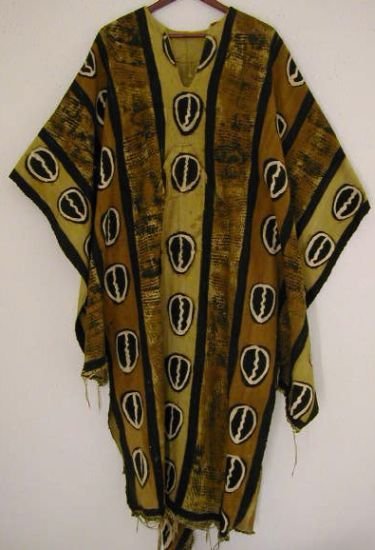
Boubou in bogolan. https://www.artisanat-africain.com/tissus_africains/vetements_africains/boubou.htm
From coupon to roll
In the past, we would find the bogolan in small coupons of 5 to 10 cm, which were assembled by hand to make large loincloths. Henceforth, bogolan is founded in form of large rolls. Tailors then cut loincloths of several meters to facilitate the sharing and the making of boubous. It is also founded increasingly in industrial form, simpler and more cost effective, and above all with a less pronounced mud smell.
The bogolan: a worldwild succes
In the 70's, the commercialization was primarily local, then its production grew up in the 80's. Today, the bogolan is made in Mali for malian population, and is exported all around the world. If the bogolan has a religious dimension, it has then generalize, and the drawings that adorning it are simpler, more warm and more general. The bogolan invests also the Haute Couture world and the households with the interior decoration. Cushions, curtains, paintings, everything is pretext to invite bogolan at home.
Bamako: world capitale of the boubou
If they come from China and Central Europe, the tissues of damask cotton, the basin, are dyed in Bamako, capital of Mali. The fabrics tinted by thousands of colors adorn the city streets wonderfully. This upscale tissue is the symbol of fluency and elegance, so much that rich and poor are competing to obtain the most beautiful. Hub of the basin, Bamako exports throughout Africa the tissues charged with colors, in order to benefit the continent with its true skills.
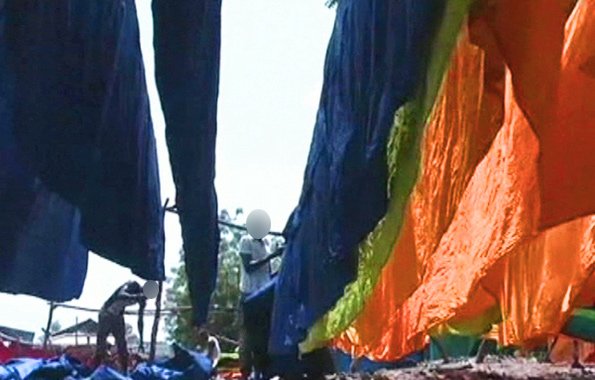
Source : https://www.enca.com/africa/mali-prepares-eid-al-adha-c%C3%A9l%C3%A9brations
Bright and shimmering colors, moose designs, malian traditional clothes are spotted from afar and are sweating the joy of living. Again a people who is wearing the human warmth on his back!

